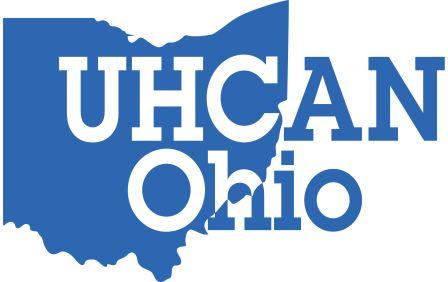WASHINGTON, D. C. – Health care advocates in Ohio want Congress to extend temporary federal health insurance premium subsidies that expire at the end of the current plan year. They warn that failing to extend the subsidies would jeopardize health insurance coverage for thousands of Ohioans who would otherwise have difficulty paying their premiums.
The American Rescue Plan pandemic relief measure adopted last year reduced premium costs for many who signed up for Affordable Care Act health insurance plans by extending subsidies that were previously offered to only lower-income purchasers. If the subsidies expire, people with incomes over four times the federal poverty level would have to pay full price for coverage.
According to a report from the Kaiser Family Foundation (KFF), a typical 40-year-old with an income just over four times the poverty level ($51,520 per year for individuals buying coverage in 2022), would see their premium payments increase from 8.5% of their income to about 10% of their income if the subsidies expire. It estimated that continuing the enhanced subsidies or making them permanent would cost the federal government around $22 billion each year.
Northeast Ohio Black Health Coalition Executive Director Yvonka Hall called continuing the credits a “life or death issue.” If the credits expire, she said marketplace enrollees would have to spend hundreds of dollars more on premiums per person per year. She said individuals who make $12,880 yearly and families of four with incomes starting at $26,500 would experience the largest coverage losses if the tax credit that subsidizes the premiums expires.
“For many, it will mean coverage at the expense of food, utility payments and medicine,” Hall told reporters on Thursday.
Molly Nagin, an Affordable Health Care Navigator at UHCAN Ohio said the subsidies have made coverage more affordable for low and middle income individuals across Ohio. She said loss of the tax credits would particularly affect older adults and small business owners.
U.S. Rep. Shontel Brown, a Warrensville Heights Democrat, said the subsidies have helped more than 200,000 Ohioans afford health insurance. Last month, she joined several dozen Democrats in a letter that asked congressional leaders to include language to continue the subsidies in an upcoming budget bill.
“Insurance premiums are being set as we write, and we fully anticipate that our constituents will see a dramatic rise in their premiums this October, on our watch,” the letter said. “We need action now to address costs, especially when Americans are struggling with broad price increases.”
She said the tax credit in the American Rescue Plan saves an Akron family of four with a household income of $75,000 almost $250 a month in premiums, and saves more than $100 a month for a single adult in Shaker Heights who earns $30,000.
“When many Ohioans go to the polls to vote in November, families will start seeing a drastic uptick in premiums during the enrollment period,” Brown said.” Once the tax credits expire, thousands of families in our state will be significantly impacted.”
She said she’d do everything she can as a member of Congress “to get this across the finish line.”




 Mark Ferenchik
Mark Ferenchik